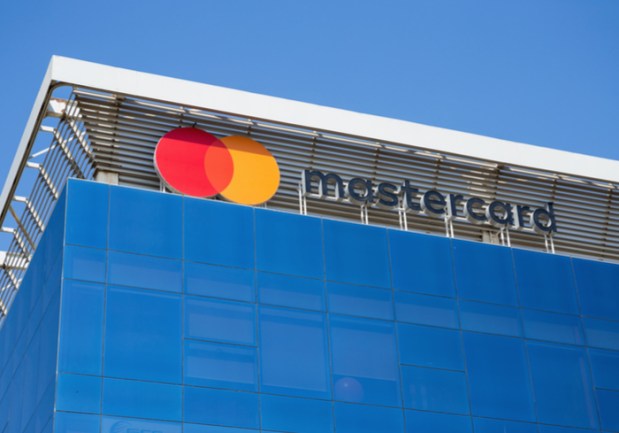Valentine’s Day eCommerce Transactions Rise In Kenya

Consumers in Kenya are increasingly turning to eCommerce retailers to purchase their Valentine’s Day gifts. In its Love Index, Mastercard found a 183 percent increase in the number of online transactions between Feb. 11 and 14 from 2015 to 2017, the company said in a press release.
“Technology is playing a key role in changing consumer behavior, helping people to search for their perfect gift online and having it delivered to their doorstep,” said Chris Bwakira, vice president and area business head, East Africa at Mastercard, in the press release. “This type of purchasing indicates some level of planning.”
The data suggests more planning is going into purchases, too, with 74 percent of them being made on or before Feb. 11. Still, some consumers are making last-minute transactions, with 26 percent still made on Valentine’s Day itself.
In addition, the index showed Kenyans are willing to spend more to make their partners happy — particularly on travel. Spending related to travel increased by 90 percent in 2017, accounting for 28 percent of total spend during the Valentine’s Day period. Much of that spend took place online.
The Love Index’s data supports the rise of the “experience economy,” which sees consumers shopping for experiences instead of physical goods. Consumers want to create lasting memories they can post on social media, Mastercard said.
As a result, Kenyans aren’t spending as much on material Valentine’s Day gifts. Spending on flowers and jewelry decreased by 32 percent, with transactions down 56 percent in 2017 compared to 2015 numbers.
“Spoiling your loved one on Valentine’s Day shows no signs of slowing down,” Bwakira said. “Our data suggests that while people still purchase traditional gifts, the move towards putting on a great experience trumps all. Online payments are convenient and make life that little bit easier.”
The index covers 200 territories worldwide. The U.S. saw a 106 percent increase in the number of eCommerce transactions from Valentine’s Day 2015 to Valentine’s Day 2017, while Latin America and the Caribbean saw a 327 percent increase over the same period.
